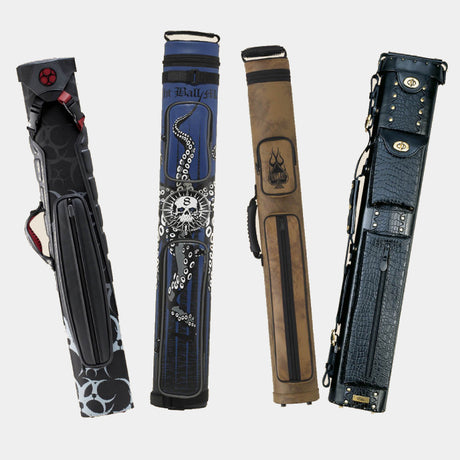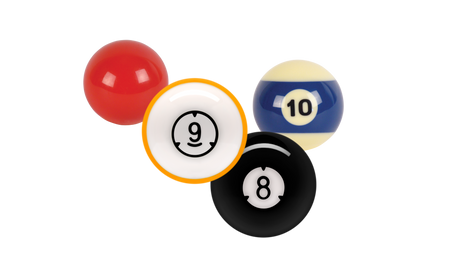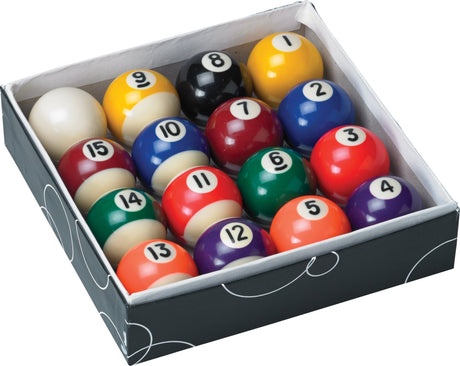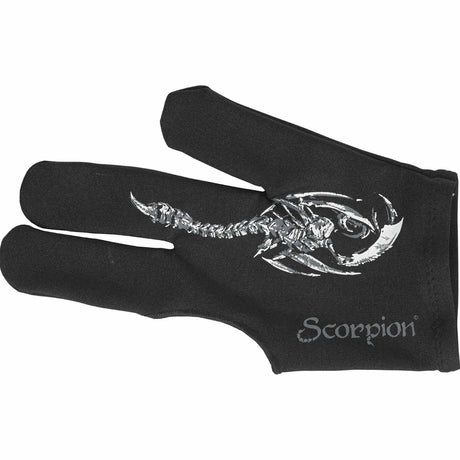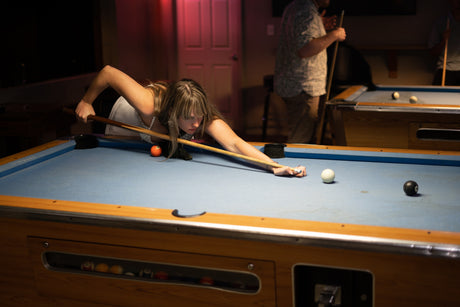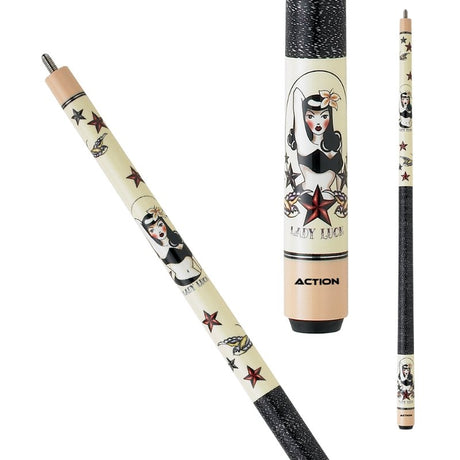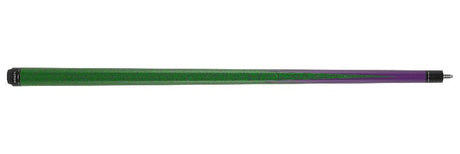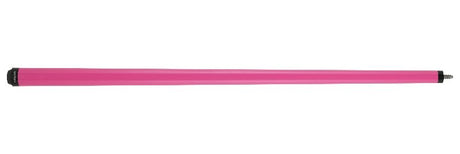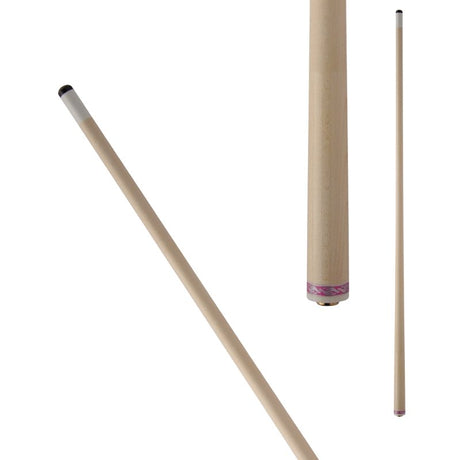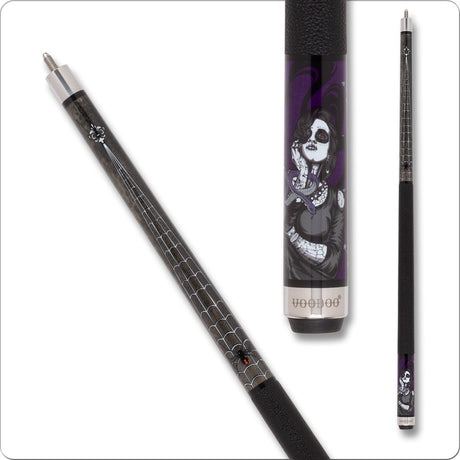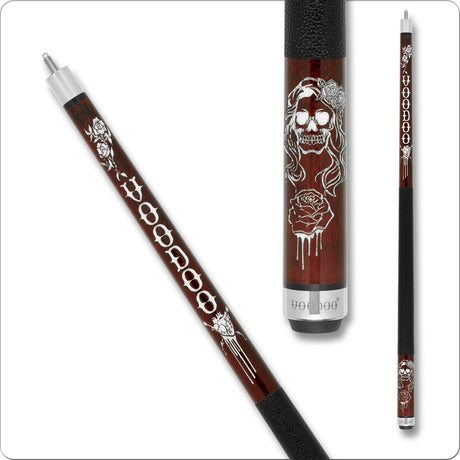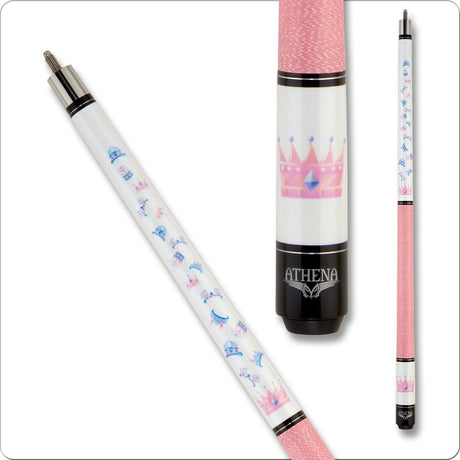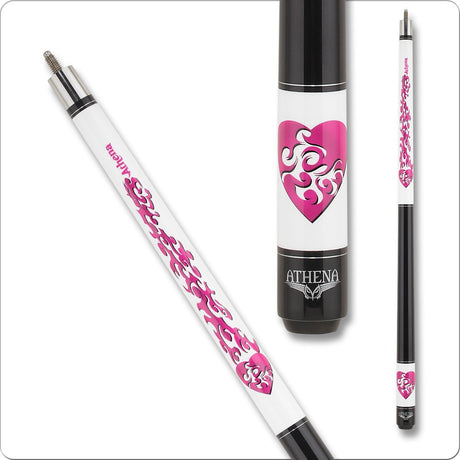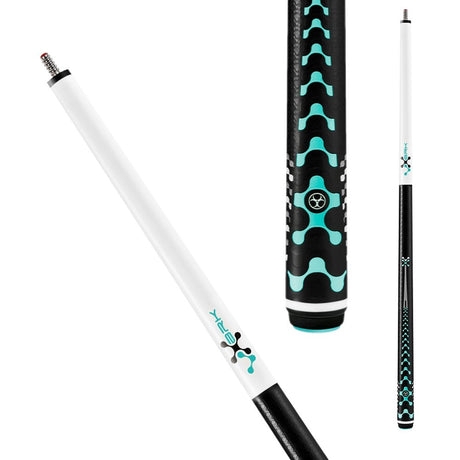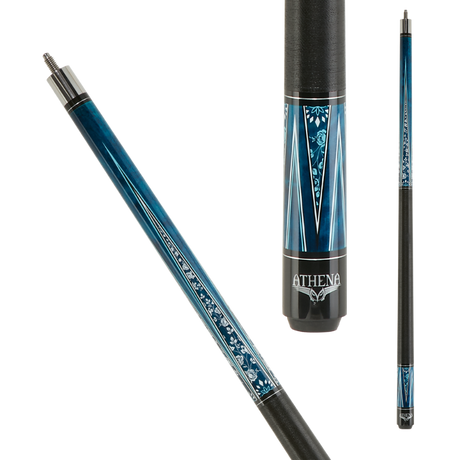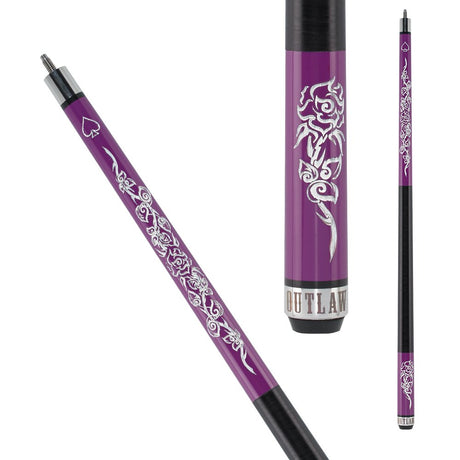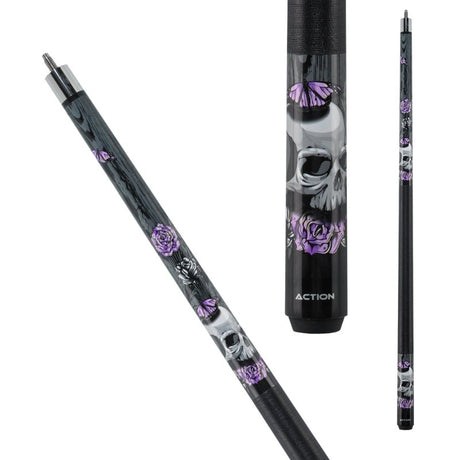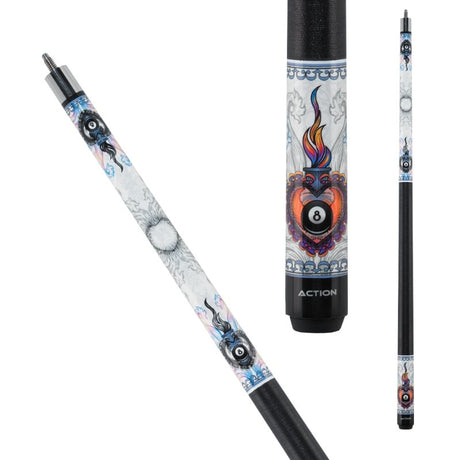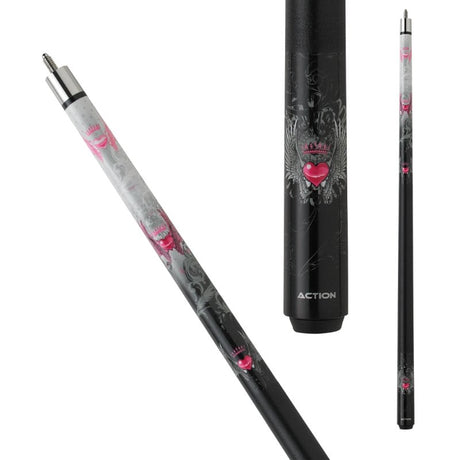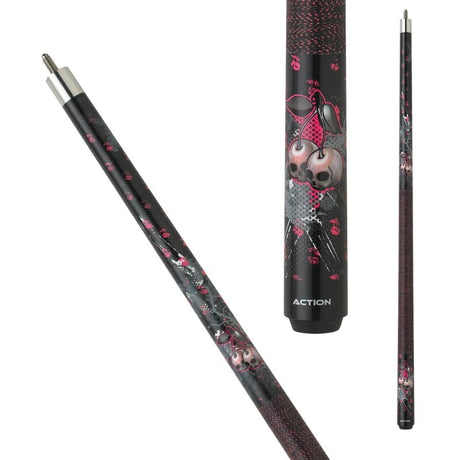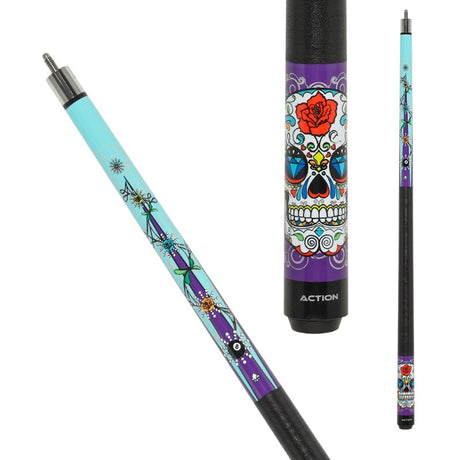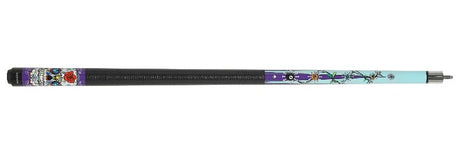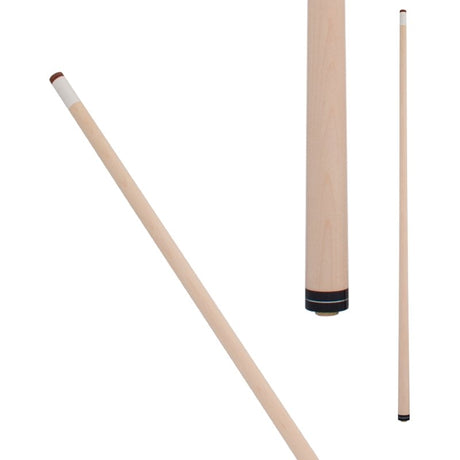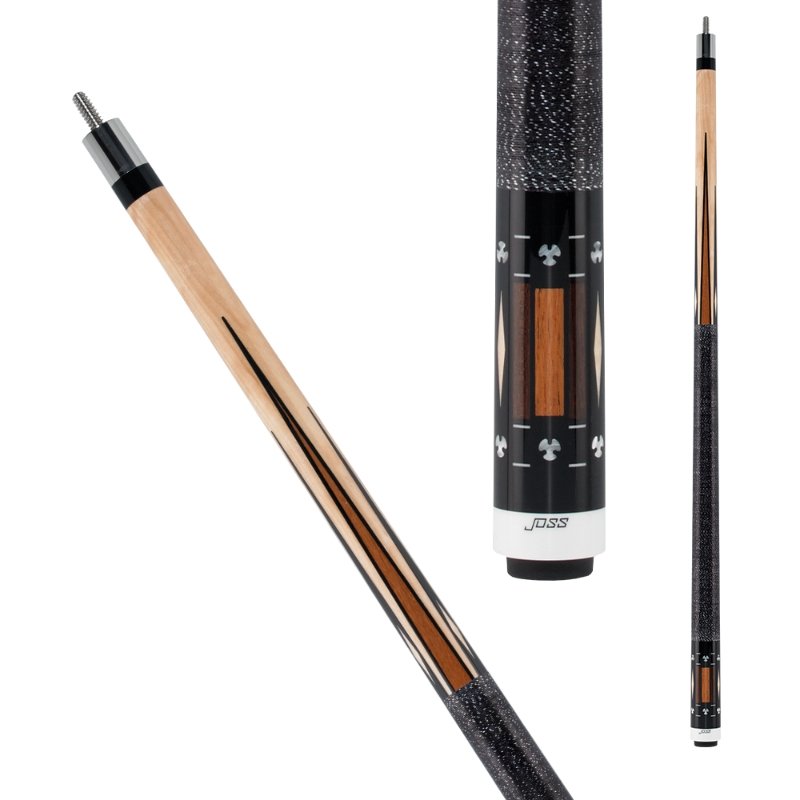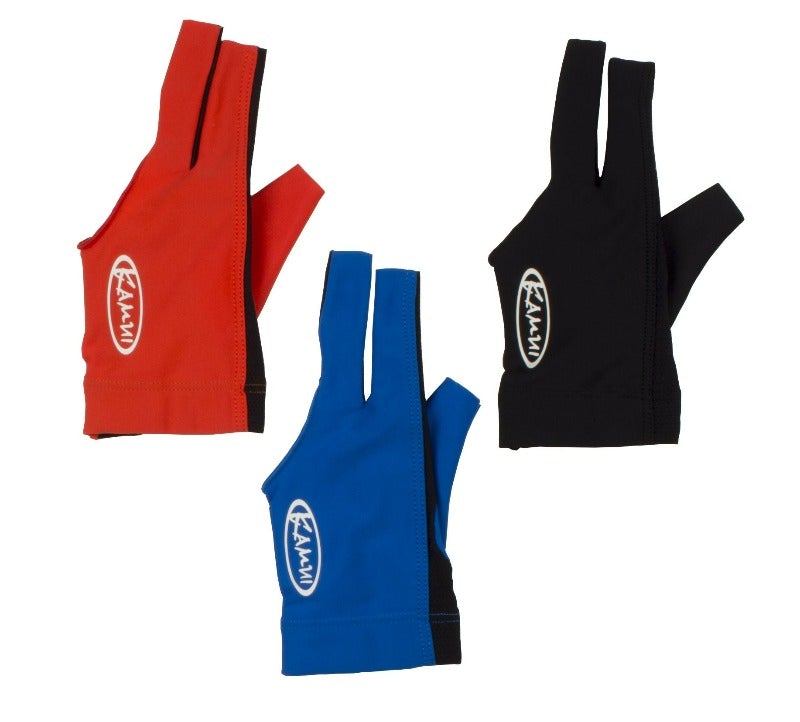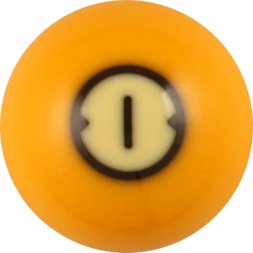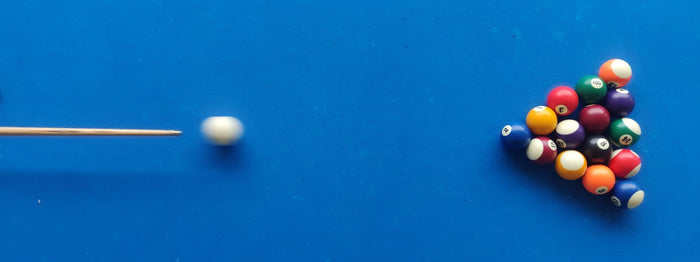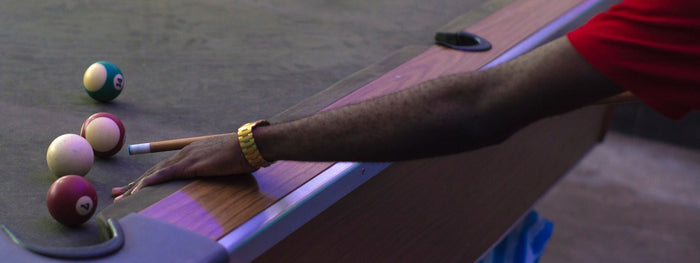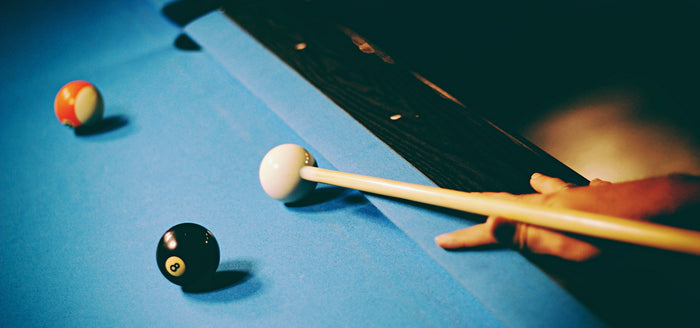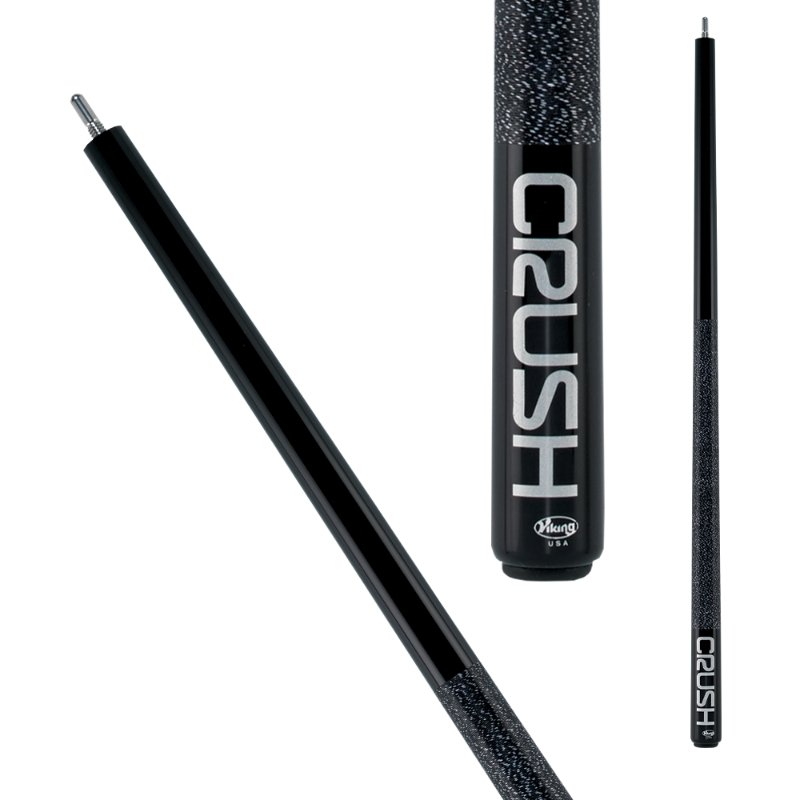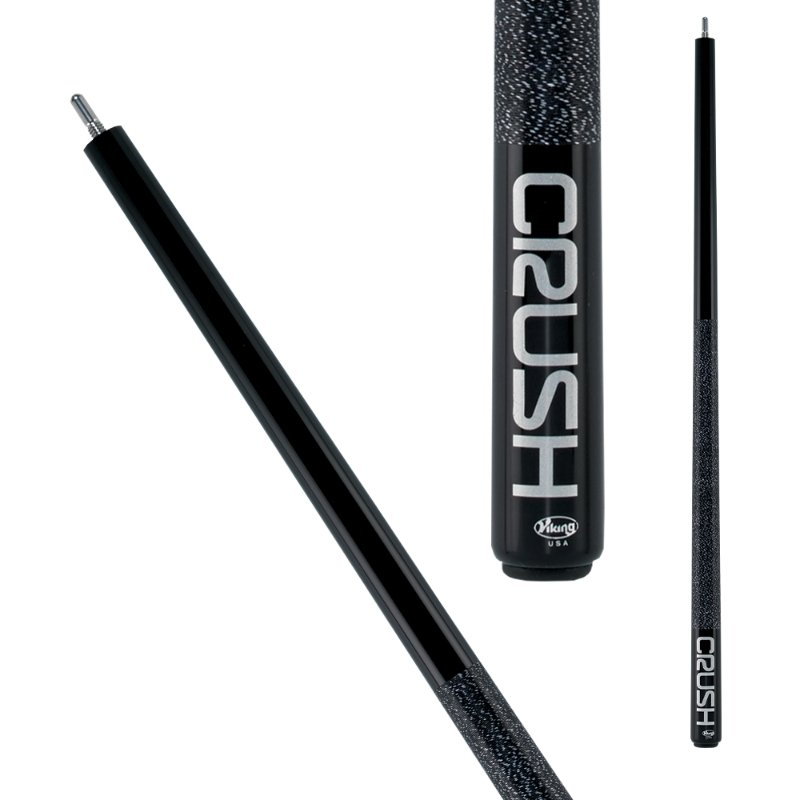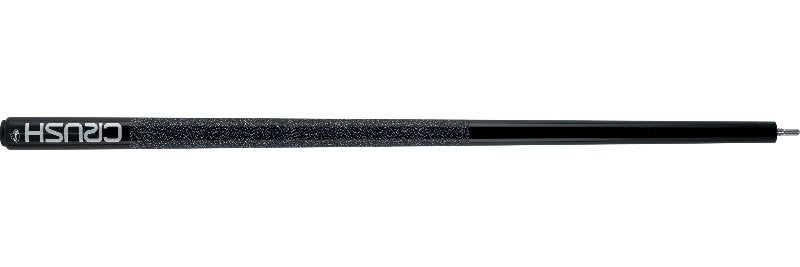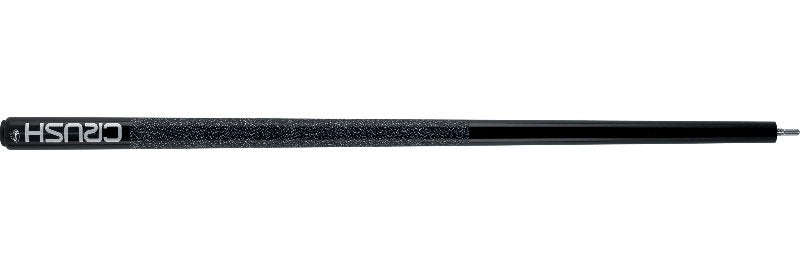Shop By Category
View allFeatured Collection
View allCues for Women
Don't settle for a generic cue that doesn't fit you.
Discover our Featured Pool Cues for Women, a selection of elegant and high-quality cues designed to enhance your game and style
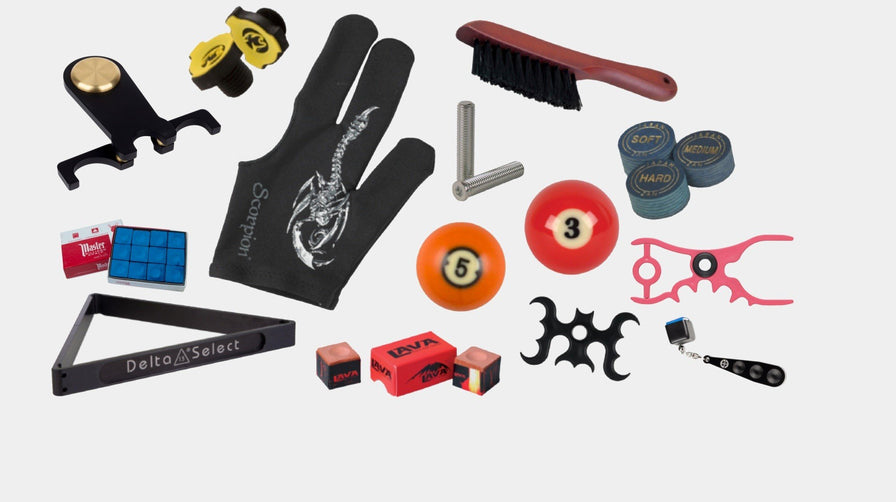
Pool Game Accessories You May Need
Check out our amazing selection of billiard game accessories, such as gloves, balls, racks, chalks and more ... You can find everything you need to level up your game experience and impress your friends. Don't miss this chance to save big and enjoy free shipping on orders over $99!
Types Of Cues
A Viking cue is constructed with the billiard industry's best components, experience, and care. The tip bonds to a specially designed ferrule that is the best in the industry. The ferrule material proves extremely durable and will not stain, crack, or burn, for as long as you own your cue. Made in the USA.
Tip: 13mm Viking Phenolic Tip
Ferrule: Black Phenolic Ferrule
Shaft: 29" V CRUSH Hard Rock Maple, Conical "CRUSH" Taper
Pin: Viking Quick Release
Collar: None
Forearm: Black painted Michigan maple
Wrap: Black Irish linen
Butt Sleeve: Black painted Michigan maple with silver "CRUSH" logo
Butt Plate: Black with silver Viking logo
Bumper: Threaded black rubber bumper
Viking VIKC Crush Break Cue - 18.0 oz is backordered and will ship as soon as it is back in stock.
About Our Store
Billiard and Pool Center
Sign up and SAVE
Sign up for exclusive offers, original stories, events and more.














